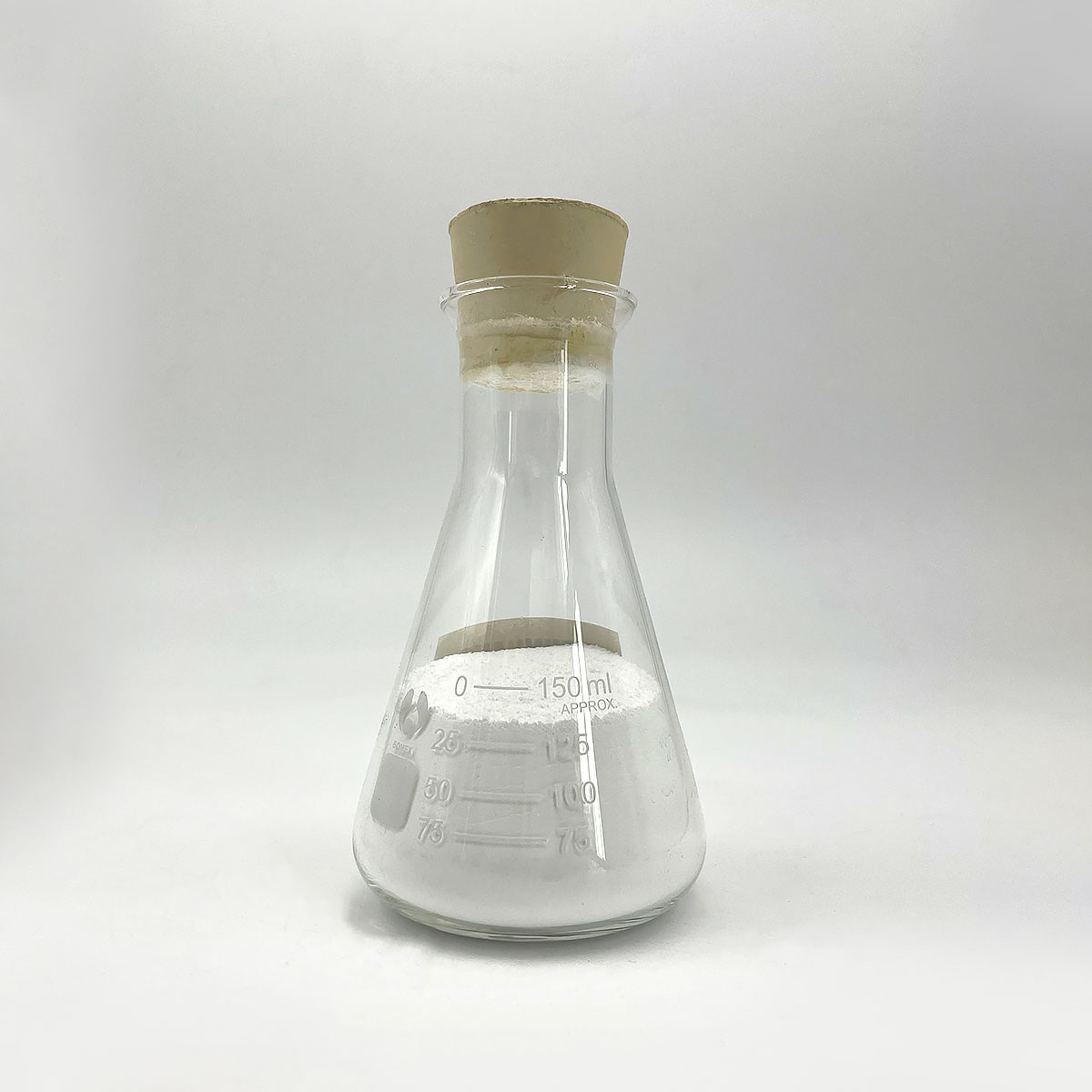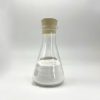Overview of Sodium Lauryl Ether Sulfate SLES Anionic Surfactant CAS: 68585-34-2
Anionic surfactants are a class of surface-active agents characterized by a negatively charged hydrophilic head group when dissolved in water. This charge arises from the presence of a sulfate, sulfonate, phosphate, or carboxylate group. They are among the most widely used surfactants due to their effective cleaning properties, foaming capacity, and broad compatibility with other formulation ingredients. Anionic surfactants find extensive application across industries, including personal care, household cleaning, textiles, and industrial processes.
Features of Sodium Lauryl Ether Sulfate SLES Anionic Surfactant CAS: 68585-34-2
-
Negative Charge: The anionic head group imparts water solubility and enables interaction with positively charged surfaces or particles.
-
Detergency: Exceptional at removing dirt, grease, and oils due to their strong polarity and ability to penetrate and disrupt these substances.
-
Foaming Properties: Many anionic surfactants generate stable and abundant foam, making them ideal for applications where lather is desired.
-
Cost-Effectiveness: They are often less expensive than nonionic, cationic, or amphoteric surfactants due to the abundance of raw materials and established production processes.
-
Compatibility: Can be combined with other surfactants to enhance performance or adjust properties, although care must be taken to avoid precipitation or incompatibility issues.
-
Environmental Considerations: Some anionic surfactants may pose environmental concerns due to their persistence or toxicity; however, biodegradable options are available.
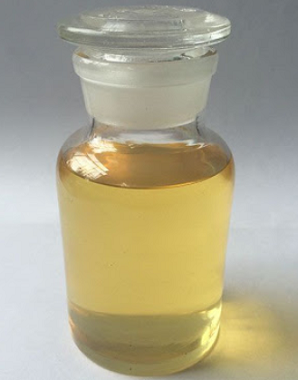
(Sodium Lauryl Ether Sulfate SLES Anionic Surfactant CAS: 68585-34-2)
Specification of Sodium Lauryl Ether Sulfate SLES Anionic Surfactant CAS: 68585-34-2
Salt Lauryl Ether Sulfate (SLES) is a vital anionic surfactant. You locate it in several cleansing and individual care items. Its CAS number is 68585-34-2. This identifier verifies its specific chemical make-up.
SLES usually looks like a clear, pale yellow liquid. In some cases it looks like a thick paste. The focus level matters a lot. Typical active issue degrees are 70% or 28%. This refers to the real surfactant toughness. Understanding the focus is important for right formulation.
The pH value of SLES solutions is essential. It normally falls between 7.0 and 9.5. This near-neutral to somewhat alkaline variety matches lots of applications. It aids make sure compatibility with skin and other components.
Solubility is a major feature. SLES dissolves easily in water. It develops clear solutions. This makes it easy to make use of in water-based products. Its solubility is a key reason for its popularity.
SLES functions well with tough water. This is a huge advantage. Several surfactants deal with mineral-rich water. SLES keeps its cleaning power effectively. This dependability is vital for consistent item efficiency.
Its main job is developing foam and removing oil. SLES creates rich, secure lather. It damages down oils and dust efficiently. You see this action in hair shampoos, soaps, and detergents. It’s a real workhorse for cleaning.
SLES is extremely efficient. You need much less of it compared to a few other surfactants. This performance assists control production prices. It likewise adds to focused product formulas.
Thickness varies depending upon concentration and temperature level. Higher concentrations are thicker. Heat generally makes SLES solutions thinner. Comprehending this circulation actions is required for pumping and blending throughout production.
Storage calls for interest. Keep SLES in a great, dry location. Avoid direct sunshine and extreme heat. Correct storage avoids deterioration. It preserves the surfactant’s top quality gradually.
SLES blends well with other common surfactants and ingredients. This versatility enables formulators to produce complicated mixtures. It helps accomplish particular item appearances and features. Compatibility testing is always advised for new combinations.
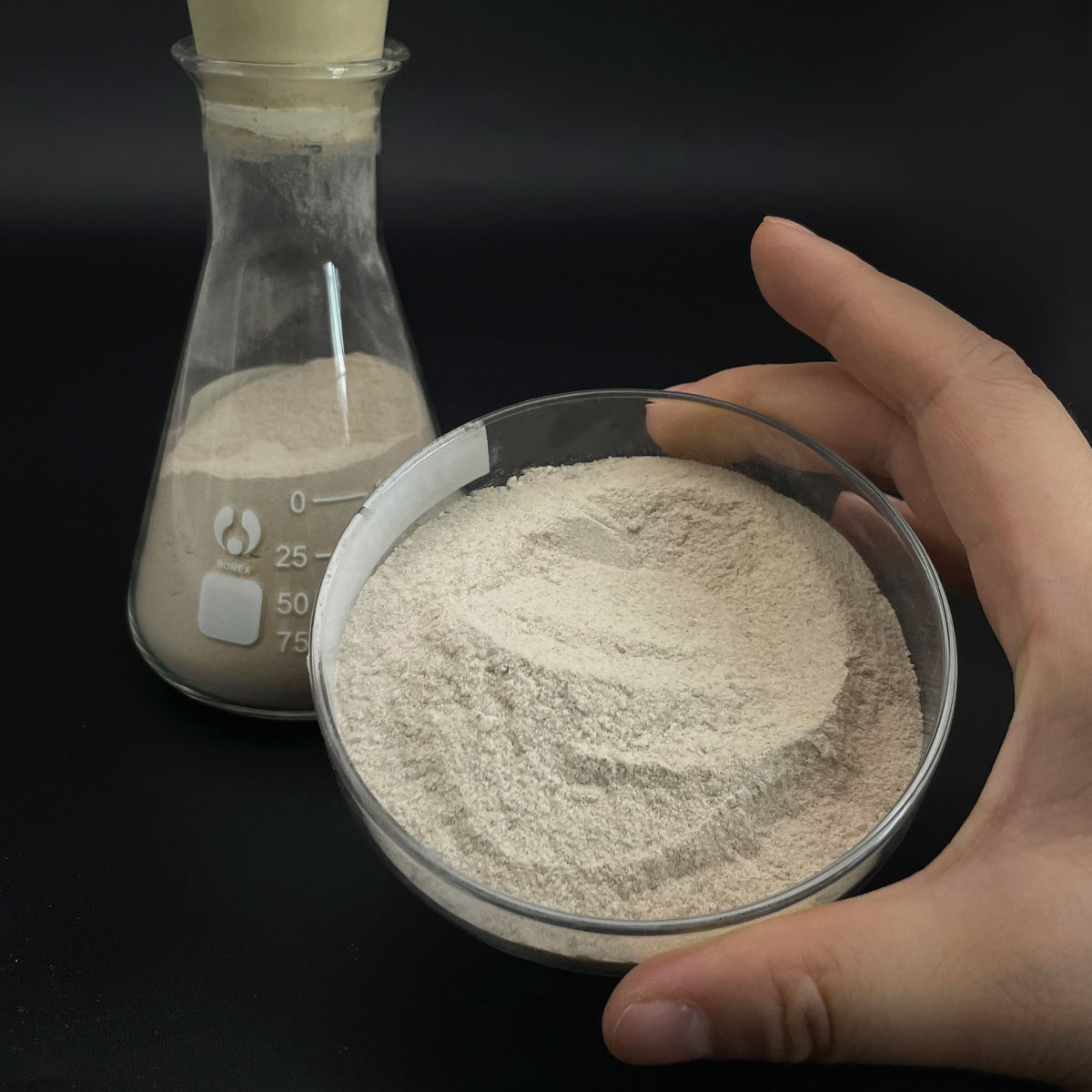
(Sodium Lauryl Ether Sulfate SLES Anionic Surfactant CAS: 68585-34-2)
Applications of Sodium Lauryl Ether Sulfate SLES Anionic Surfactant CAS: 68585-34-2
Salt Lauryl Ether Sulfate, or SLES, is an extremely common anionic surfactant. Its CAS number is 68585-34-2. This active ingredient is all over. Its primary task is to produce foam and lift away dust and oil. This makes it excellent for cleansing.
You find SLES in lots of personal treatment products. Shampoos and body cleans utilize it a great deal. It makes them lather well. It assists tidy your hair and skin successfully. Tooth paste commonly has SLES as well. It assists the paste foam in your mouth. Bubble baths depend on SLES for those big bubbles. Liquid hand soaps use it permanently cleansing power.
Home cleaners rely on SLES heavily. Dishwashing liquids require solid grease-cutting action. SLES supplies this. Washing cleaning agents, both fluid and powder kinds, consist of SLES. It helps get rid of discolorations from garments. All-purpose cleaners utilize it for general surface cleaning. Flooring cleansers gain from its dirt-lifting capacity. Vehicle laundry soaps make use of SLES to eliminate roadway grime.
Industrial applications are essential. SLES operates in textile processing. It helps with cleaning textiles prior to dyeing. It helps in the coloring procedure itself. Farming utilizes SLES in some chemical sprays. It helps the spray spread out equally on plants. Solution polymerization makes use of SLES. It assists control the density of items like paints and coverings. Building and construction chemicals occasionally consist of SLES. It helps in making combinations damp surfaces better.
SLES is preferred for numerous reasons. It carries out well. It is generally cost-effective for manufacturers. It blends easily with water. It functions effectively throughout a variety of water hardness levels. Safety and security issues. SLES is typically risk-free at the levels utilized in consumer items. High focus can irritate skin. Proper formulation decreases this danger.
Company Profile
SurfactantChina is a trusted global chemical material supplier & manufacturer with over 12-year-experience in providing super high-quality surfactant and relative products.
The company has a professional technical department and Quality Supervision Department, a well-equipped laboratory, and equipped with advanced testing equipment and after-sales customer service center.
If you are looking for high-quality surfactant and relative products, please feel free to contact us or click on the needed products to send an inquiry.
Payment Methods
L/C, T/T, Western Union, Paypal, Credit Card etc.
Shipment
It could be shipped by sea, by air, or by reveal ASAP as soon as repayment receipt.
5 FAQs of Sodium Lauryl Ether Sulfate SLES Anionic Surfactant CAS: 68585-34-2
What is Sodium Lauryl Ether Sulfate (SLES)?
SLES is a common cleaning agent. It belongs to the anionic surfactant group. Its chemical name is Sodium Lauryl Ether Sulfate. Its CAS registry number is 68585-34-2. This number identifies it uniquely.
Where is SLES typically used?
You find SLES in many cleaning products. It is in shampoos, body washes, and liquid soaps. It is also in household cleaners like dish liquids. SLES creates foam and lifts away grease and dirt effectively.
Is SLES safe for skin?
SLES is generally safe at typical use levels. It can sometimes cause skin dryness or irritation. This happens more often for people with sensitive skin. Manufacturers often add moisturizers to formulas containing SLES. This helps reduce potential dryness.
How should SLES be stored?
Store SLES in a cool, dry place. Keep it away from heat sources and direct sunlight. Ensure the container is tightly sealed. This prevents contamination and keeps the product stable.
Are there alternatives to SLES?
Yes, several alternatives exist. Sodium Lauryl Sulfate (SLS) is one option. Other options include betaines or glucosides. The best choice depends on the specific product needs. Factors include desired foam, mildness, and cost.
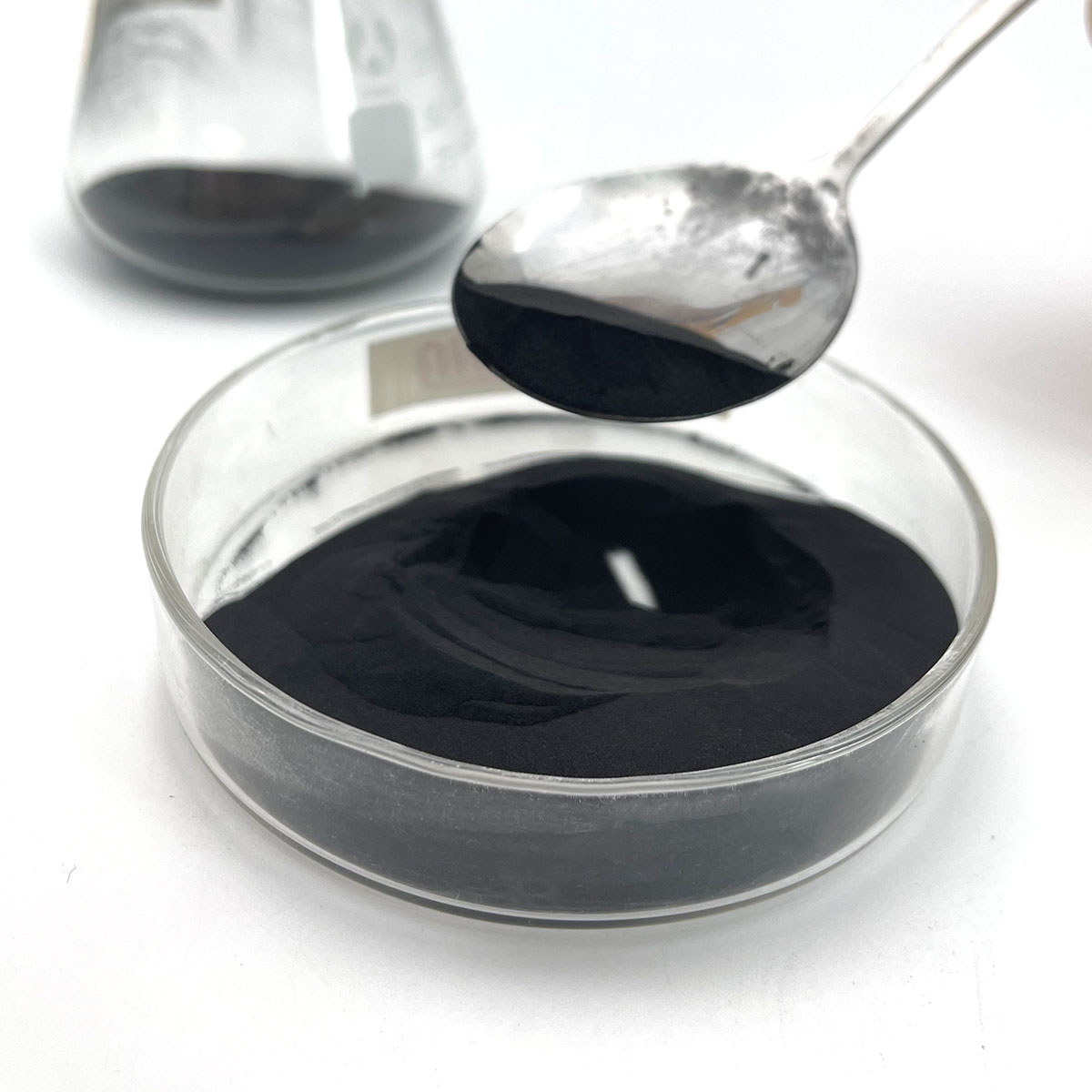
(Sodium Lauryl Ether Sulfate SLES Anionic Surfactant CAS: 68585-34-2)

